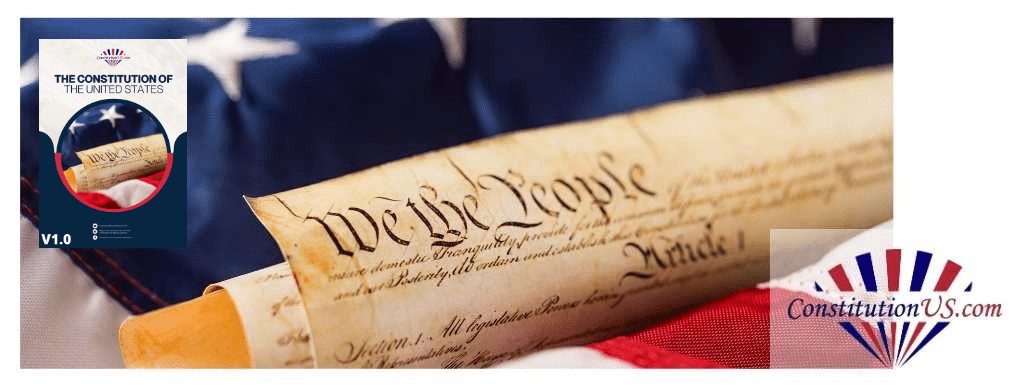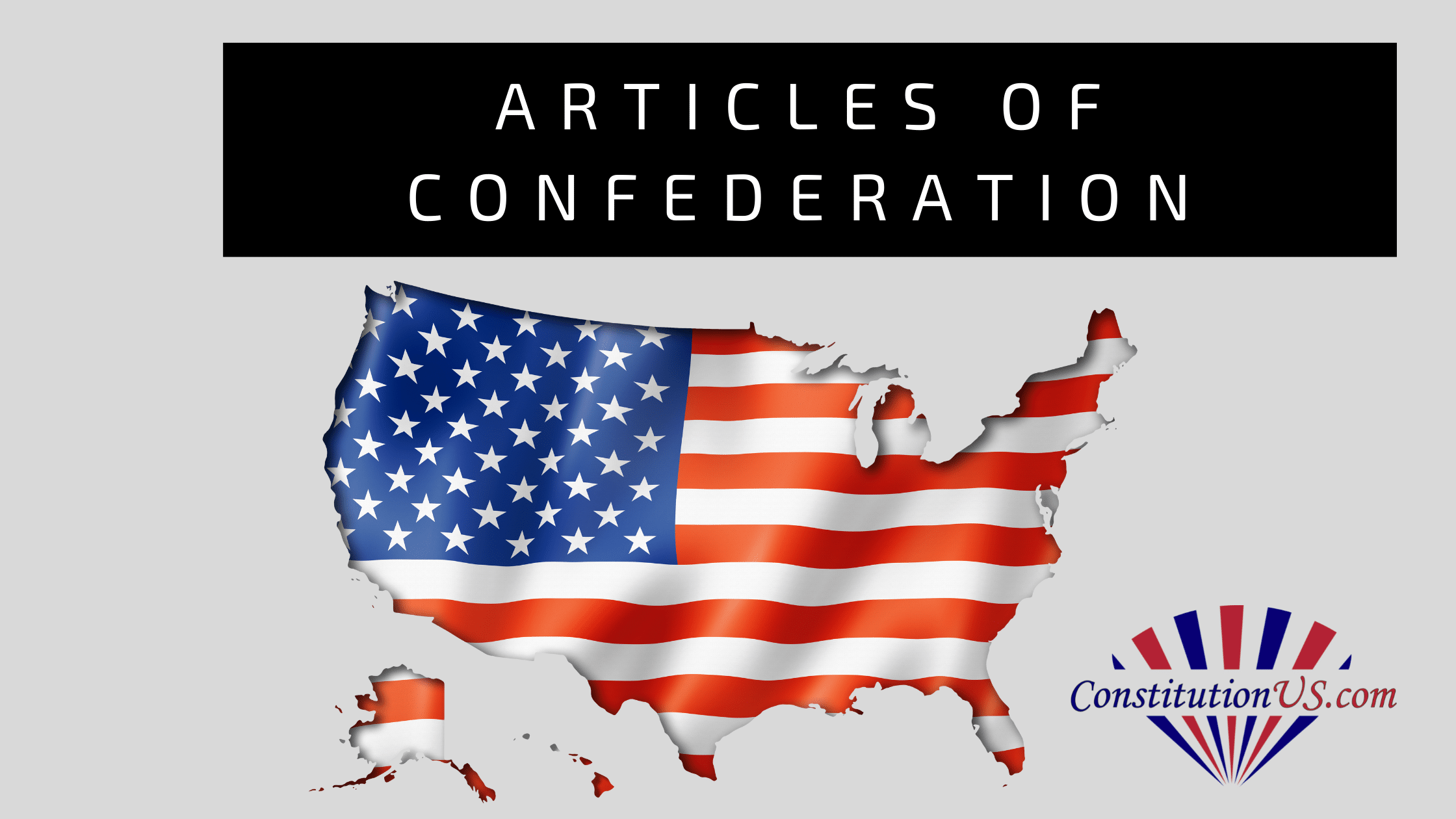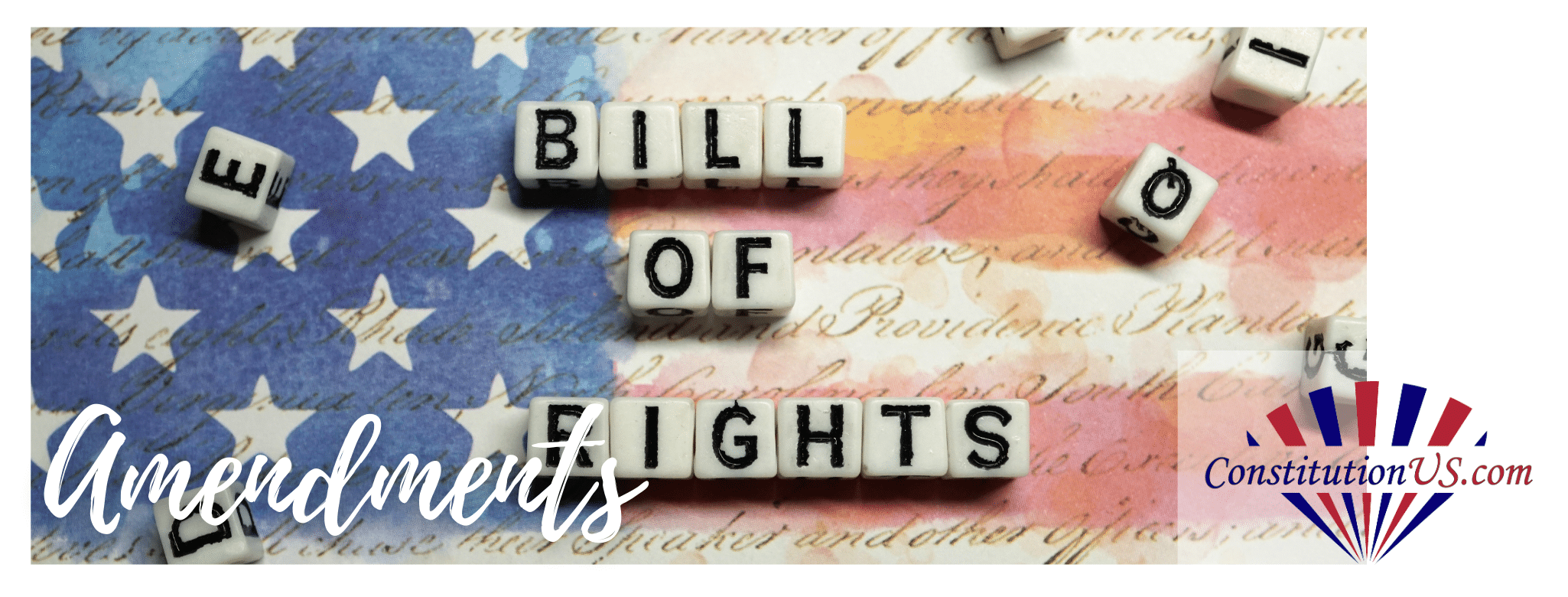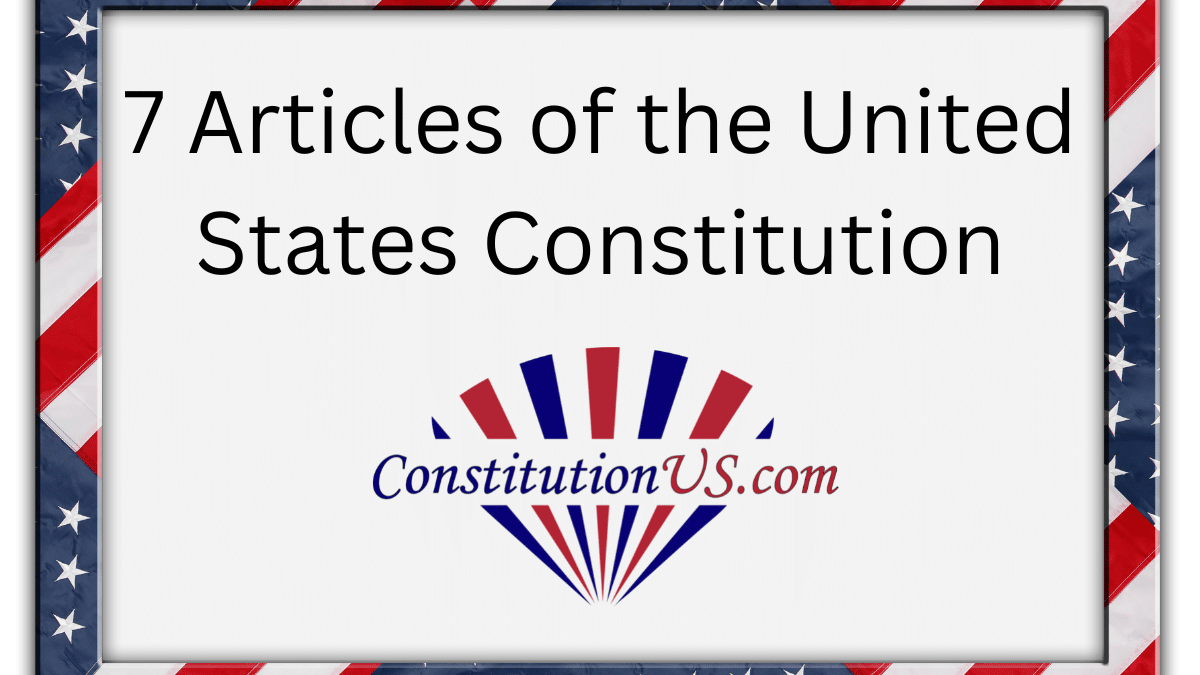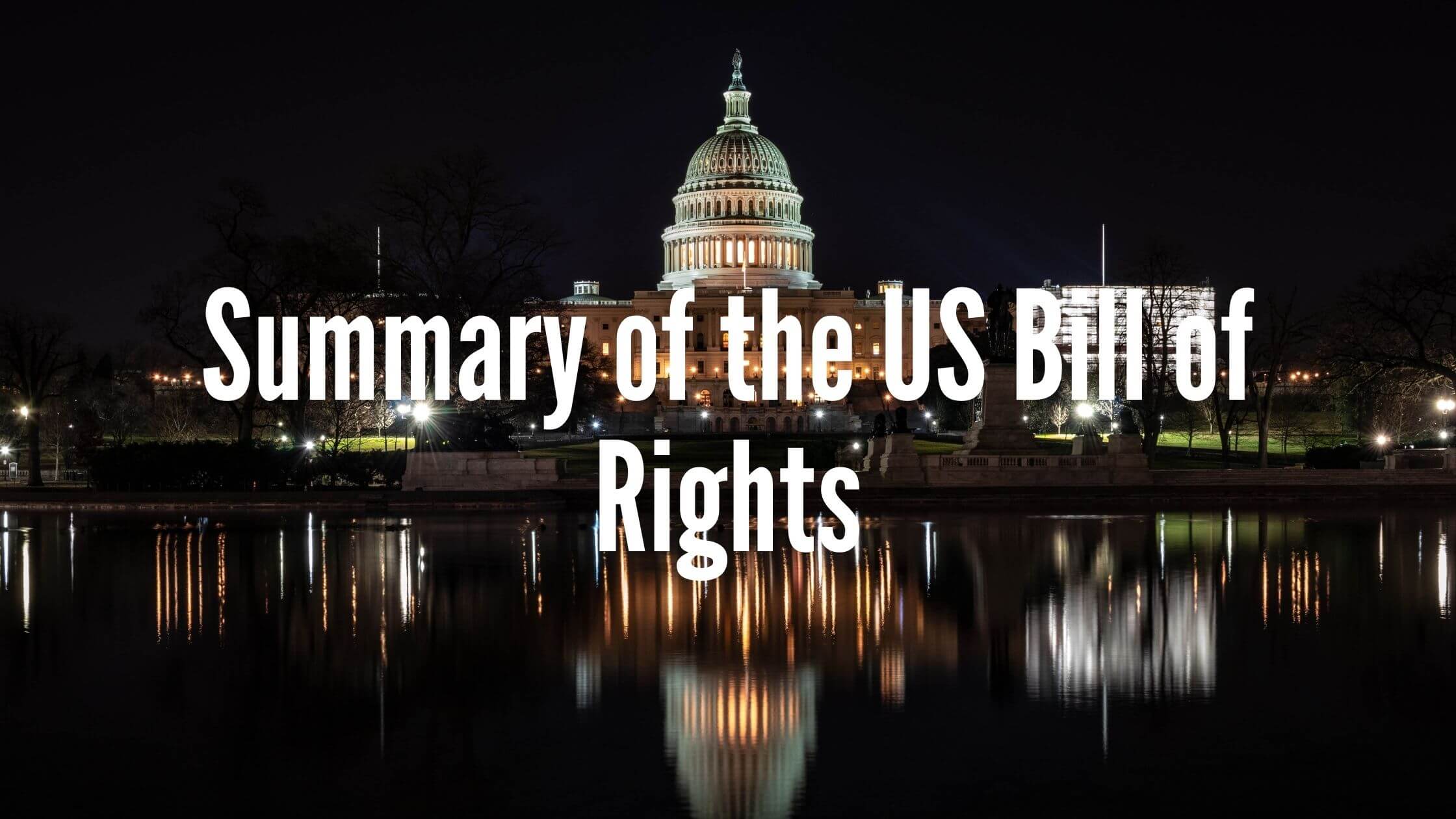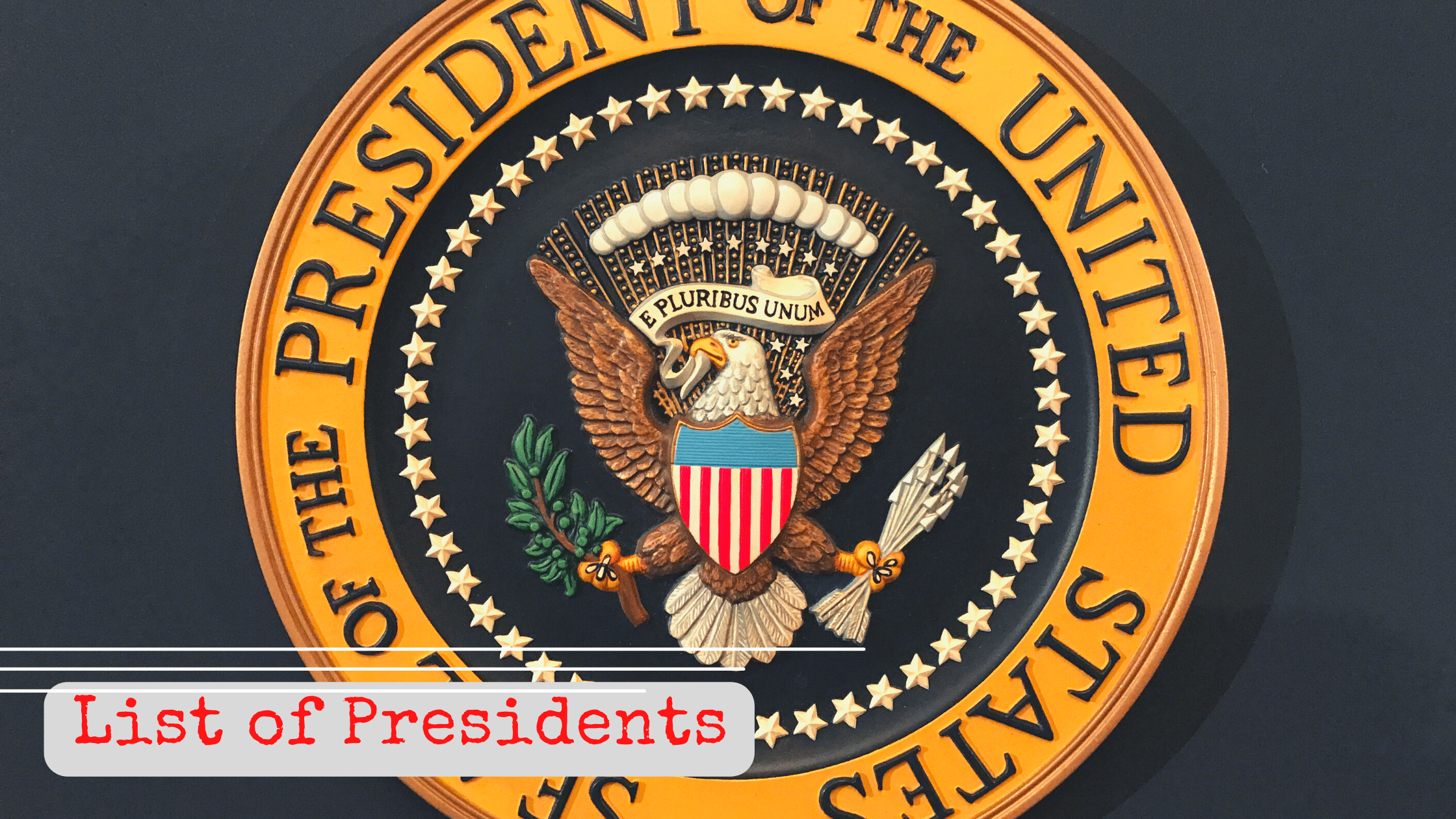In a tight and closely watched race, the latest polls indicate that former President Donald Trump currently holds a slight lead over President Joe Biden as the 2024 Presidential election approaches.
Short Summary:
- Trump leads Biden by narrow margins in key battleground states.
- Third-party candidates like Robert F. Kennedy Jr. could influence voter preference.
- Historical polling inaccuracies highlight the uncertainty of current averages.
The race for the U.S. Presidency in 2024 is intensifying as recent polls reveal a slight advantage for Donald Trump over the incumbent, Joe Biden. This comes despite various legal entanglements and a previous impeachment. According to Nate Cohn, Chief Political Analyst, Trump has maintained a lead in national polling averages virtually every day this year. “Mr. Trump is also ahead in the battleground states necessary to win the presidency,” Cohn added in an analysis updated on June 29. These states include Pennsylvania, Arizona, Georgia, and North Carolina.
When considering the nuances of polling data, it’s important to remember that previous elections have displayed significant polling discrepancies. Ruth Igielnik, Staff Editor of Polling, notes, “In 2016 and 2020, the polls underestimated Trump. But in 2012 they underestimated the Democratic candidate, Barack Obama, and in 2022 Democrats outperformed polling averages in several key midterm races.”
The Influential States
Key battleground states are critical in shaping the overall polling landscape:
- Wisconsin: Trump has an almost 1-point lead.
- Michigan: Trump is ahead by 2 points.
- Pennsylvania: Trump leads by 2 points.
- Nevada: Trump has a 4-point lead.
- Arizona: Trump leads by 4 points.
- Georgia: Trump has a 5-point lead.
- North Carolina: Trump is ahead by around 5 points.
These numbers also consider the “Kennedy effect” — the impact of third-party candidates. According to William P. Davis, Director of Election Data Analytics, “third-party candidates can affect support for Biden and Trump, though most polls historically overstate this support.”
New Hampshire’s Pivotal Shift
A recent Saint Anselm College poll shows a significant turn in New Hampshire. Trump now holds a 2-point lead with 44 percent support, compared to Biden’s 42 percent. This marks a 12-point swing from a similar poll conducted in December, which had Biden leading by 10 points.
“After a remarkable six months that saw him swiftly dispatch his primary rivals and become the first former President to be convicted of a felony, Donald Trump has erased a ten-point polling deficit and now leads President Joe Biden by a narrow 2-point margin,” — Neil Levesque, Director of New Hampshire Institute of Politics.
Despite a narrow Democratic lead in party registration within the state and a generic ballot preference for Democrats, Trump managed to overtake Biden among moderate voters (44 percent for Trump vs. 38 percent for Biden). Additionally, 54 percent of respondents believed Trump won the recent presidential debate, a notable factor in voter decision-making, though only 19 percent said it would impact their actual vote.
Broader Political Context
The upcoming months are packed with crucial events that could further influence the election outcomes:
- Republican National Convention (Jul 15th): Scheduled for Milwaukee, where the party will officially nominate their Presidential and Vice-Presidential candidates.
- Democratic National Convention (Aug 19th): Taking place in Chicago for formal nomination and agreement on the party platform.
- Second Presidential Debate (Sep 10th): A critical moment for both candidates to sway undecided voters.
- Election Day (Nov 5th): The climax of months of political campaigns, debates, and rallies, where votes will determine the next President.
While the current polling averages offer insights, they are not definitive predictors. Historical errors in presidential polls emphasize the volatility and unpredictability of voter behavior. Different factors, including economic indicators, can sway public opinion significantly. For instance, improvements in the economy often benefit the incumbent, whereas downturns tend to favor challengers. As emphasized in a comprehensive analysis by various contributors to The New York Times and FiveThirtyEight, these nuances make each poll a “snapshot of the state of public opinion”, not a fate-carving forecast.
Looking at the Candidates
Joe Biden: At 81, Joe Biden will be the oldest major-party Presidential candidate, breaking his own 2020 record. Despite his extensive political career, his administration has been marked by high inflation, major industrial-policy bills, and international turmoil. Concerns about his age continue to be a point of contention.
“Although he promises to ‘finish the job’ if re-elected, many voters think the job may finish him.”
Donald Trump: Trump’s campaign follows his tumultuous term as the 45th President, concluding with the Capitol attack by his supporters. With multiple criminal indictments, including charges related to the 2020 election, Trump remains a polarizing figure. His platform continues to merge traditional Republican issues with new grievances, a strategy that seems to resonate with a significant voter base.
The stakes are high as each candidate prepares for a rigorous campaign period. Both Trump’s forthright approach to contentious issues and Biden’s attempt to build on his current policies will play crucial roles in swaying voters in this significant election cycle.
Conclusion
As the 2024 Presidential election draws near, the race between Trump and Biden remains intensely close, with changing poll numbers and pivotal events on the horizon. While Trump currently holds a slight edge in several key states, historical polling inaccuracies and the myriad factors that can influence voter sentiment suggest that the ultimate outcome is far from certain. As we move closer to Election Day, continued updates and shifts in public opinion will be critical in shaping the final results.

